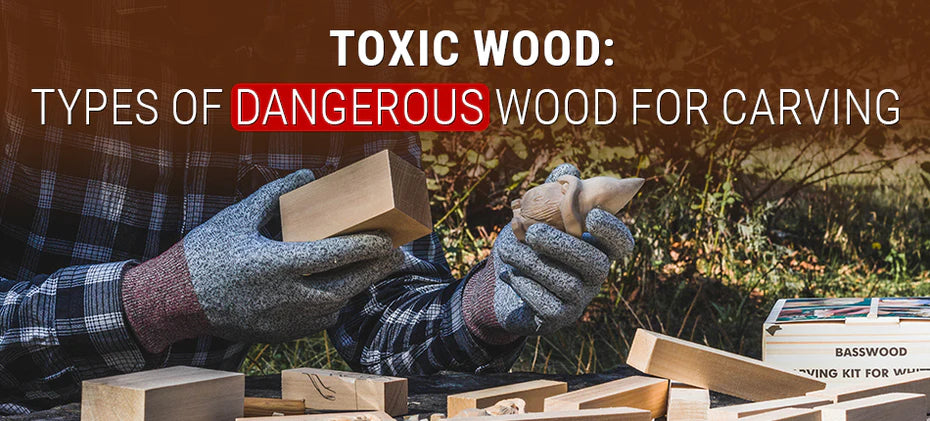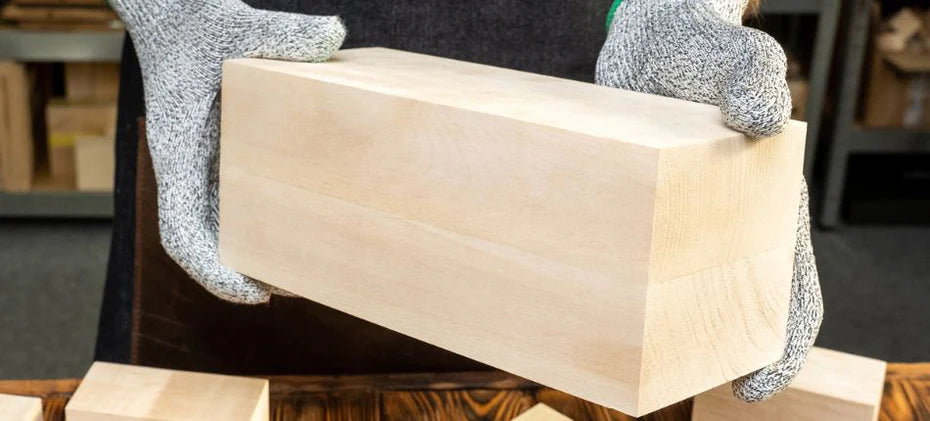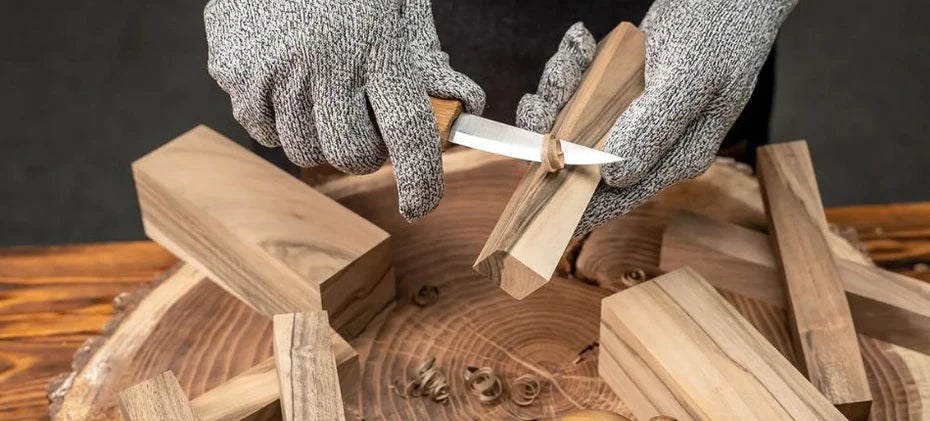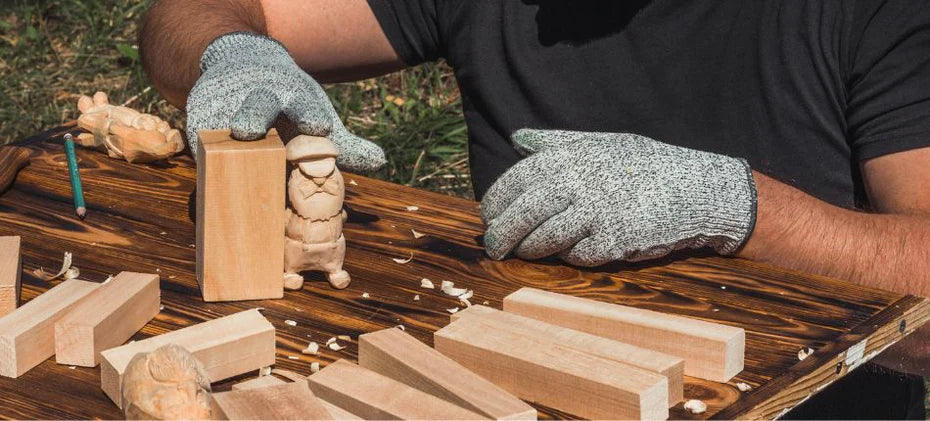Toxic Wood: Types of Dangerous Wood for Carving

As someone who's spent countless hours in the workshop, carving and shaping wood into intricate art pieces, I've realized that our connection with wood goes beyond the physical. Yet, every carver should be aware of a hidden aspect of this craft: the potential hazards of toxic woods. I’m sure you’re aware that these risks are not just about safety; it's about fostering a sustainable practice that respects both the material and the artisan.
What is Wood Toxicity?
Wood toxicity refers to the adverse health effects associated with certain types of wood. These effects can arise from exposure to the wood itself or its dust during carving. Wood poisoning is a serious concern that can lead to a range of health issues, from mild allergic reactions to severe respiratory conditions. Knowledge of wood toxicity is essential for every carver, whether amateur or professional, to ensure a safe carving environment. If you are new to the world of woodcarving, we recommend reading our article «Which Type of Wood is the Best for Beginners?».

Symptoms Of Wood Allergy
I've had my fair share of sneezes and itches while working in my shop, which I eventually learned were signs of wood allergy symptoms. Whether it's a runny nose, a rash, or something more serious, these reactions are your body's way of saying, «Hey, let's be careful here.» These symptoms may lead to dermatitis, respiratory distress, and even systemic reactions in severe cases. It's crucial for carvers to recognize these symptoms early on to prevent allergic reactions to wood and ensure their passion for carving does not compromise their health.

Common Toxic Woods Used In Wood Carving
Let's talk about some of the woods that are as notorious for their toxicity as they are sought after for their beauty:
Yew Wood
Yew wood, while beautiful and workable, contains toxic substances that can pose serious health risks if not handled properly. It's a classic example of a most toxic wood, necessitating precautions to avoid wood poisoning.
Ebony Wood
Is ebony wood toxic? Yes, it can be. Although ebony is a dense and stunning wood, its dust can be harmful if inhaled, placing it on the list of toxic woods to handle with care.
Walnut Wood
Walnut is another wood highly valued for its beauty and workability but is known for its hardwood toxic properties. It's crucial to manage exposure to walnut wood dust to prevent wood allergy symptoms. Want to know more about this type of wood, then read our article «Is Walnut Wood Good for Carving?».

Rosewood
Rosewood is prized for its aesthetic qualities but is also a source of potential wood toxicity. Handling rosewood requires understanding the risks and implementing measures to mitigate wood allergy symptoms.

Wood Toxicity Chart
A wood toxicity chart is an invaluable tool for carvers. It's a quick reference guide that tells me what I need to know about various kinds of wood, helping me to prevent wood poisoning and choose safer alternatives. Save it for later, or maybe even print and hang it in your workshop. I’m sure it will come in handy.

Safer Wood Carving Practices
Over the years, I've learned that the key to a long and joyful carving career is safety. Opting for non-toxic woods, using dust collection systems, and wearing personal protective equipment are practices I swear by.

Carving is not just about transforming wood; it's about doing so in a way that's harmonious with our health and well-being. I hope my insights help you in your journey, whether you're just starting or have been carving for years. Remember, the true artistry in wood carving lies not only in what we create but in how we go about it, ensuring that we can continue our craft for years to come.


2 Comments
Totally get it, Marian — we’ve all carved mystery wood at some point! 😅
Glad you found it helpful, and hey, every splinter’s a lesson, right? Keep carving — you’re on the right track!